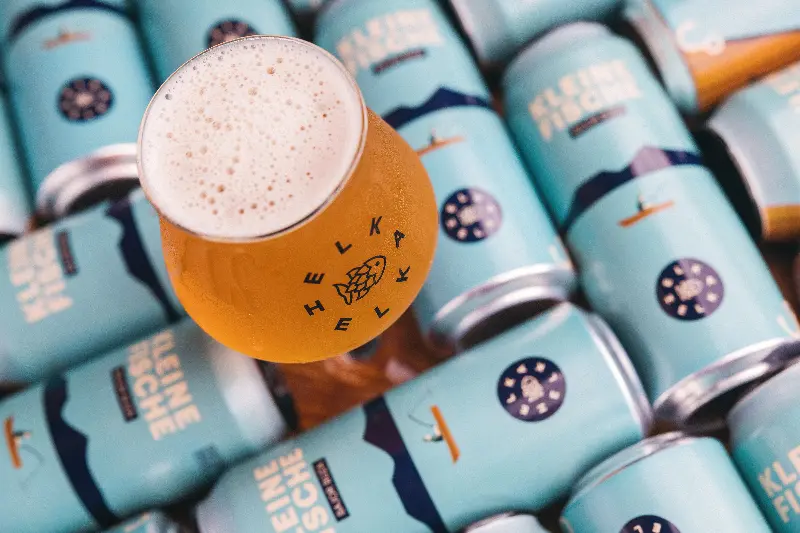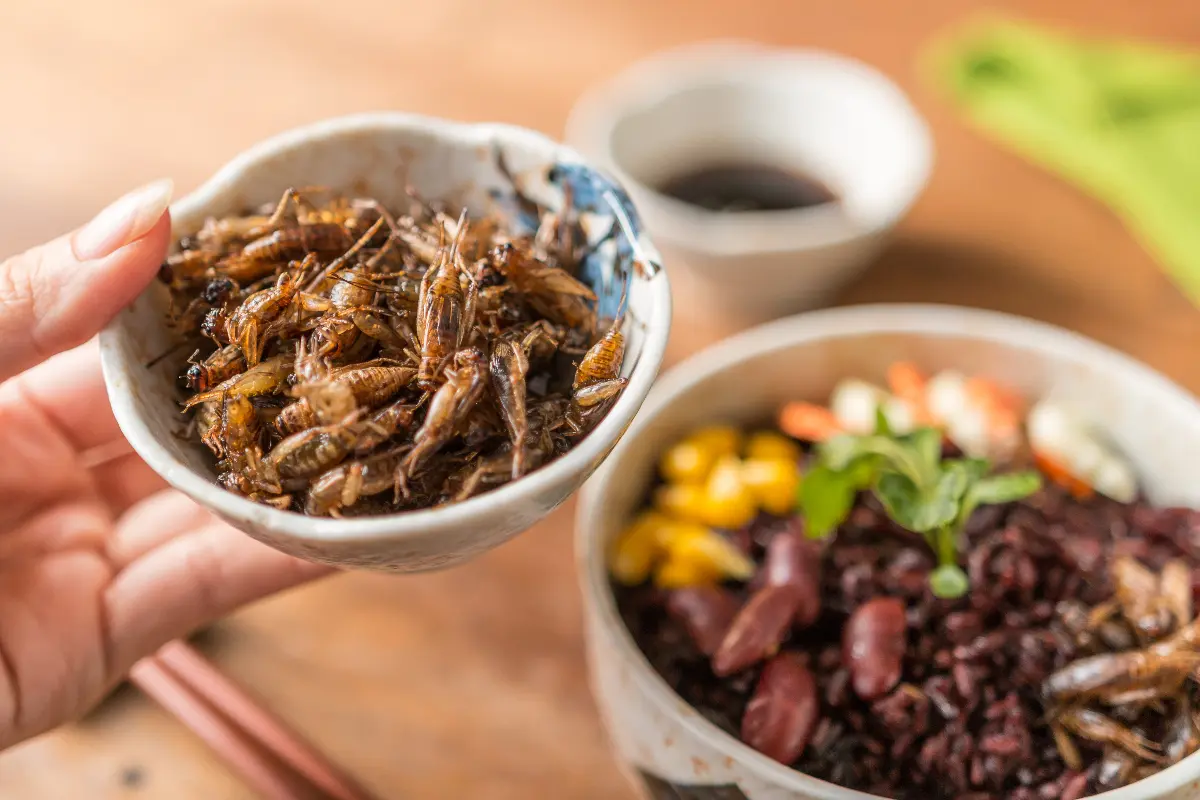
Helyszín címkék:
Cricket on a plate, or facts and misconceptions about entomophagy
Szabó Sára
Entomophagy is extremely complex: it raises not only cultural, but also ethical and sustainability issues. We certainly know that insect consumption is popular in some cultures, but it should be added that the inclusion of insects into the range of main food has become established in regions and periods where and when no other protein-rich food was available. But sustainability is an increasingly pressing issue in all parts of the world, and the spotlight is increasingly on it in Europe (too).
Feed or restaurant food?
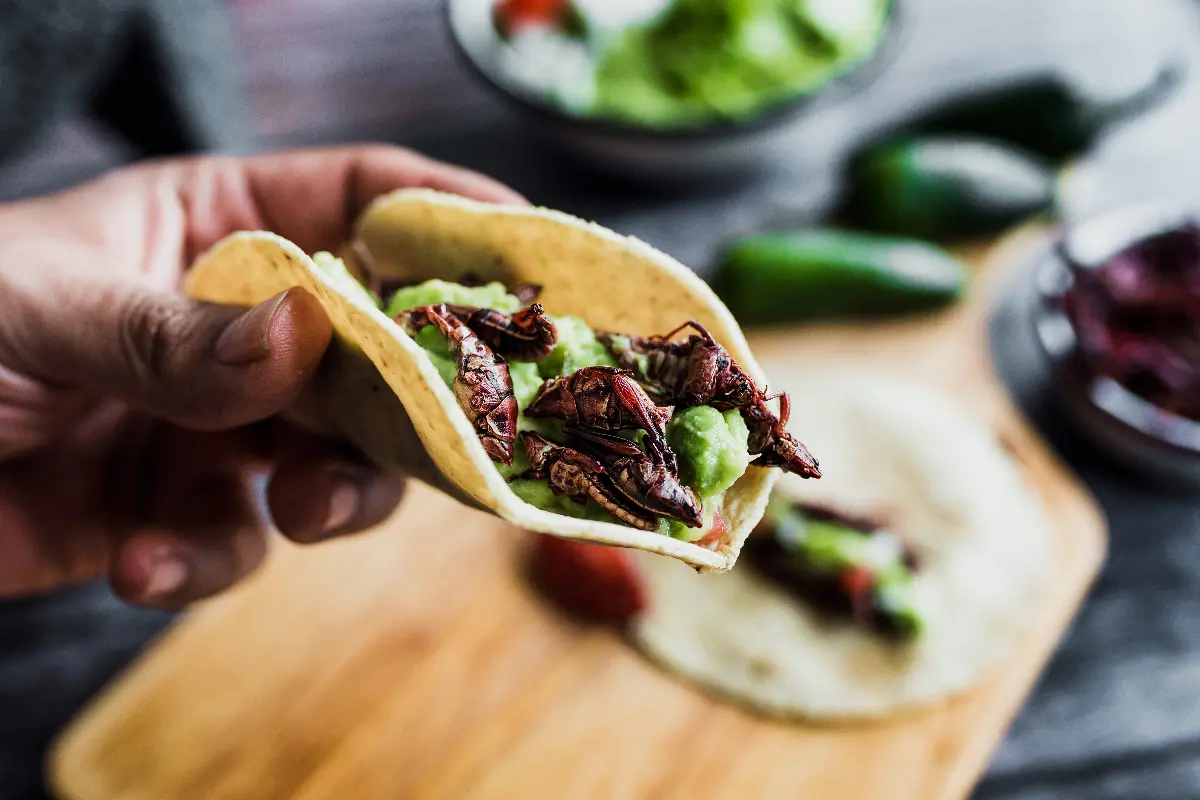
In order to understand the current situation regarding the placing on the market of insects in our country, we called in the staff of the National Food Chain Safety Office. In Hungary, they say, insect-based preparations are currently produced exclusively for feed purposes, mainly for domestic animals, fish and livestock. Since 2021, however, several applications (mainly from the Netherlands and France) have been granted by the European Food Safety Authority (EFSA) to place insect-based products on the market.
Insect-based products are considered to be so-called new foods, which means that these items have not been traditionally consumed in the EU before 15 May, 1997. New foods can only be placed on the market after strict authorisation, and four insects are said
to have been given the green light in the EU so far. These are the yellow mealworm, the migratory locust, the house cricket and the litter beetle larva. All insects are available in frozen, dried and powder form in Hungary.
Must be marked in bold on the packaging
However, we should not worry, because in our country there is a decree that in the case of food containing insect protein, at least in the font size used for the name, the words “Warning! This food contains insect protein!” warning must be indicated. In addition, foods containing insect protein should be displayed separately, so that it is almost impossible to accidentally put powdered yellow mealworm larvae in the shopping trolley instead of strudel flour.
“It is difficult to estimate how insect consumption is evolving in European countries. For the time being, it appears that a high proportion of Hungarians are shying away from consumption, with curiosity being the main motivating factor for consumers who are open. Furthermore, the narrow minority of those interested are willing to consume insects because of the protein content of the products and the sustainability aspects of their production” – NÉBiH responded to Hello Hungary’s request.
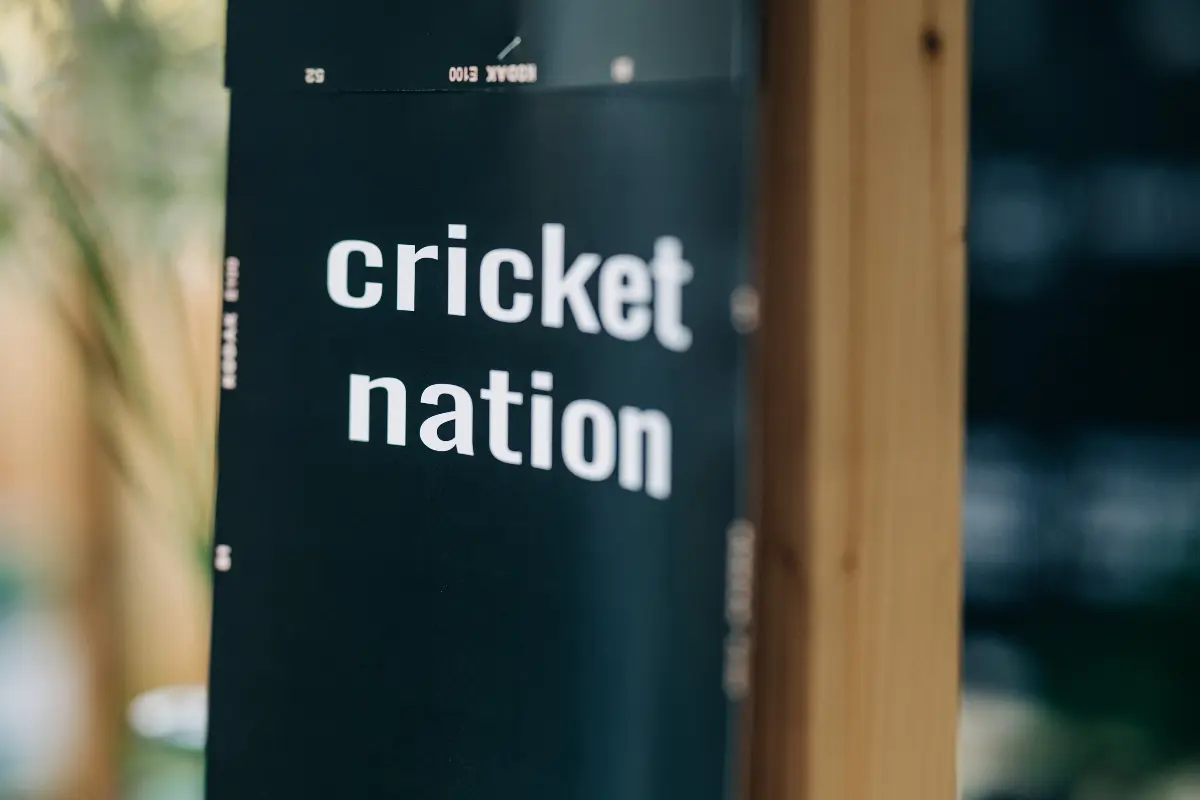
This latter aspect is also emphasised by Eszter Kiss-Szabó, Communications Manager of Responsible Gastro-hero. According to her, insect consumption raises cultural and ethical issues, despite being a more sustainable source of protein than meat.
“On the one hand, they also require less energy to farm and their greenhouse gas emissions are negligible. In Hungary, however, the marketing of insect foods and dishes is still less widespread, mainly because consumer acceptance and interest is limited to a narrow group of consumers who are very open-minded about gastronomy or environmental aspects,” says the expert.
What about the hospitality sector?
The NÉBiH stresses that insect products used in catering must comply with the same legislation as any other raw material. So it is important that only traceable ingredients from an authorised distributor are allowed in kitchens, and that insect products – like allergens – are specifically labelled on the menu.
The first time the Hungarian public tasted an insect-based dish was at the Gourmet Festival. Although it may sound strange at first, but the
crickets sprayed with duck ramen, then fried and tossed in a homemade ‘twelve spice’ spice mix are crunchy, proteinaceous and addictive.
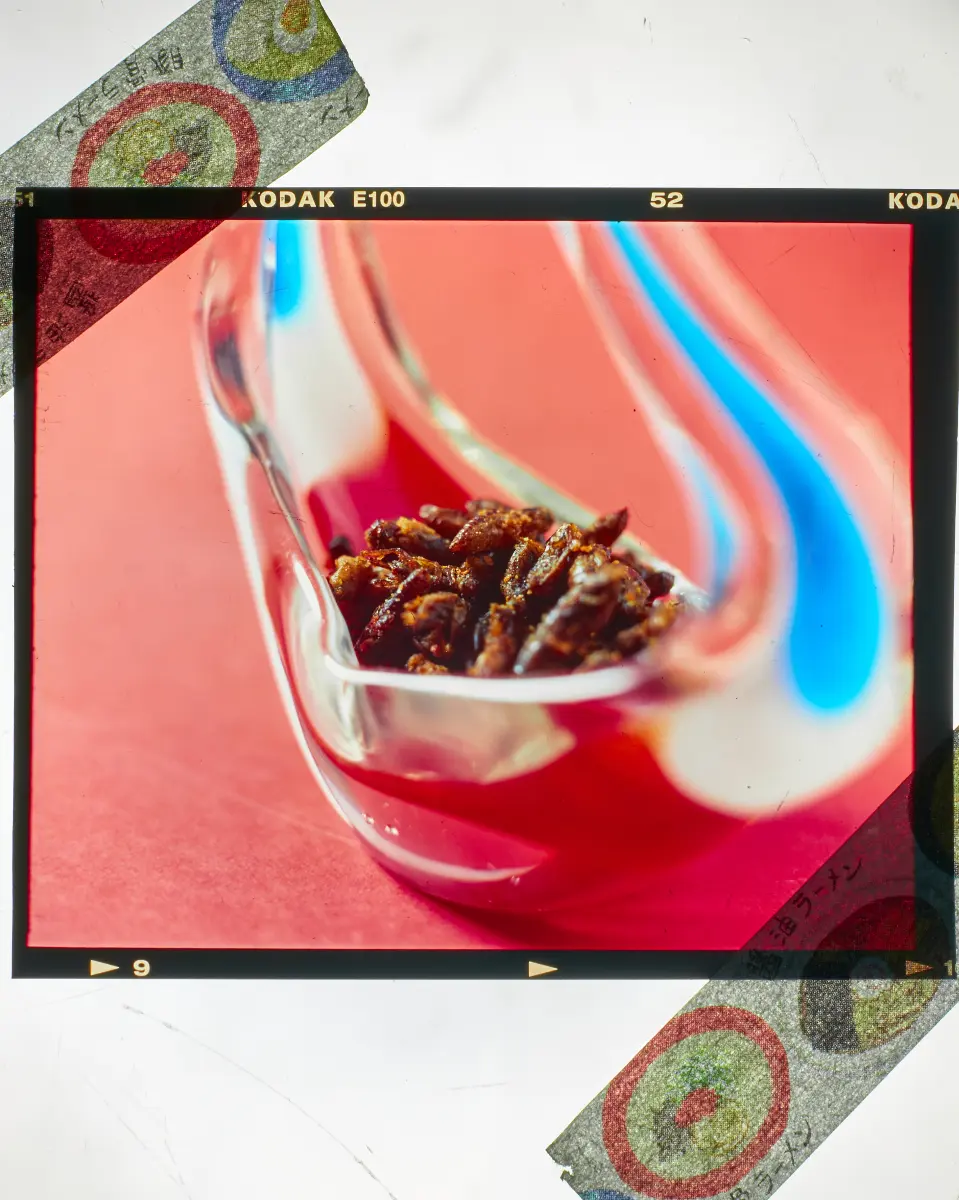
Benjamin Tenner chef says the they created the dish for sustainability reasons – but also because of their never-ending creative experimentation.
"In some countries, like Cambodia or Mexico, crickets are not a surprising food at all. We felt that we would be able to present it at the Gourmet Festival to a knowledgeable and curious audience, and we did: this dish, which is also special for us, was a huge success,” says the chef.




